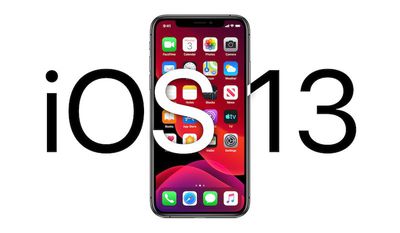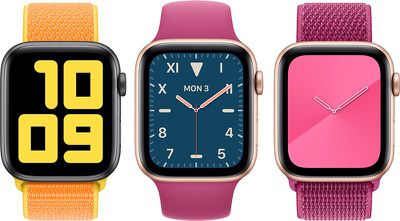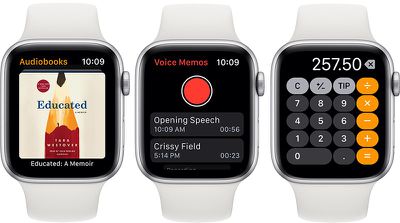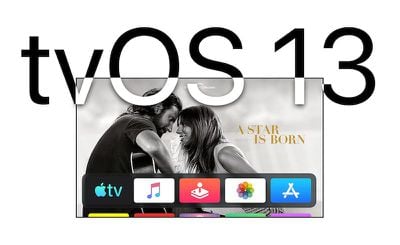For this week's giveaway, we've teamed up with RAVPower to offer MacRumors readers a chance to win a 61W USB-C Power Adapter and a USB-C to Lightning cable, which can be used to fast charge an iPhone or an iPad.
You can also use the USB-C Power Adapter for charging a Mac or an iPad Pro when combined with a USB-C to USB-C cable.

RAVPower's latest 61W PD USB-C charger uses gallium nitrate (GaN) technology, which allows it to be smaller than your average 61W power adapter. It's a good deal more compact than Apple's own 61W charger for the 13-inch MacBook Pro at 1.1 inch by 1.9 inches, making RAVPower's version more portable.

According to RAVPower, the charger, which is priced at $45 from Amazon right now, is the smallest 61W PD GaN charger on the market, coming in at 50 percent smaller than the comparable MacBook Pro charger.
You can get the power adapter in either black or white, and RAVPower says it comes equipped with safeguards to protect against overheating, overcharging, and short circuiting.

Paired with the 61W PD 3.0 GaN Wall Charger, RAVPower is giving away its new USB-C to Lightning cable, which can be used for fast charging an iPhone. A few months back, Apple made the only USB-C to Lightning cables on the market, but recently opened up the specification to allow for MFi-certified third-party cables.

RAVPower's cable measures in at three feet long and it has reinforcing at the top to prevent it from fraying or breaking with repeated bending. RAVPower says it will hold up to more than 30,000 bends over its lifetime, and it is indeed Made for iPhone certified.

Using the RAVPower USB-C to Lightning cable and the 61W power adapter, you can fast charge an iPhone up to 50 percent power in just 30 minutes.
We have 10 of the cable and power adapter combo sets to give away. To enter to win, use the Gleam.io widget below and enter an email address. Email addresses will be used solely for contact purposes to reach the winners and send the prizes. You can earn additional entries by subscribing to our weekly newsletter, subscribing to our YouTube channel, following us on Twitter, following us on Instagram, or visiting the MacRumors Facebook page.
Due to the complexities of international laws regarding giveaways, only U.S. residents who are 18 years or older and Canadian residents (excluding Quebec) who have reached the age of majority in their province or territory are eligible to enter. To offer feedback or get more information on the giveaway restrictions, please refer to our Site Feedback section, as that is where discussion of the rules will be redirected.
The contest will run from today (August 16) at 11:00 a.m. Pacific Time through 11:00 a.m. Pacific Time on August 23. The winners will be chosen randomly on August 23 and will be contacted by email. The winners will have 48 hours to respond and provide a shipping address before new winners are chosen.For those who don't win, RAVPower is offering a free USB-C to Lightning cable with the purchase of a GaN 61W USB-C charger. Just enter the promo code DTQQV38K when checking out on Amazon, but make sure both items are in your cart.




 Note: MacRumors is an affiliate partner with some of these vendors. When you click a link and make a purchase, we may receive a small payment, which helps us keep the site running.
Note: MacRumors is an affiliate partner with some of these vendors. When you click a link and make a purchase, we may receive a small payment, which helps us keep the site running.



























 Note: MacRumors is an affiliate partner with these vendors. When you click a link and make a purchase, we may receive a small payment, which helps us keep the site running.
Note: MacRumors is an affiliate partner with these vendors. When you click a link and make a purchase, we may receive a small payment, which helps us keep the site running.


















